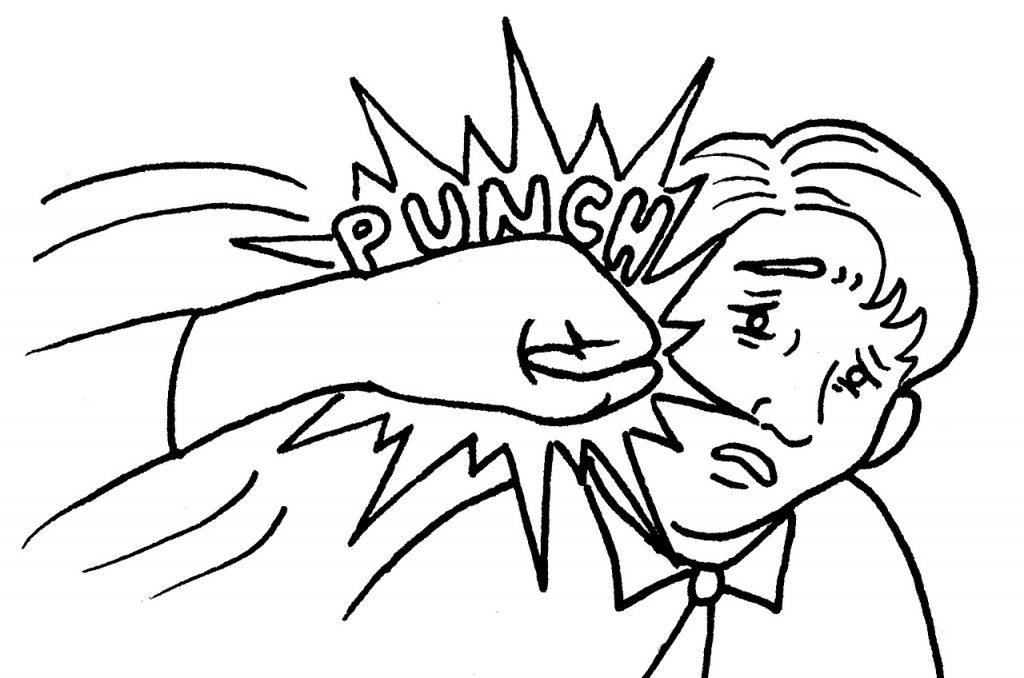
From name-calling to physical assault, bullying takes many forms. Some forms of bullying are easier to identify than others. In this article, we will be going through the different types of bullying
We’ll start with the most popular
Types of Bullying By Bullying Behavior
- Physical: The use of physically abusive behavior like hitting, pushing, kicking, etc with the intent to cause harm to others.
- Relational: This is deliberately hurting someone’s reputation and excluding them from a peer group usually through spreading rumors, embarrassing them, telling people not to be friends with them, etc. It also sometimes known as social bullying.
- Verbal: The use of words to cause harm to another by teasing, name-calling, writing mean things about others, mimicking, passing bigoted comments, etc.
- Reactive: This is the bully’s response to being a former victim of bullying by bullying others.
- Sexual: This refers to a type of bullying that picks on the gender, sexuality, or sexual activity of another individual. This can be physical, verbal, or emotional.
Types of bullying by location
- Cyber Bullying: This is a form of bullying using electronic means or digital media. It is targeted harassment that involves sending or posting demeaning and derogatory things about others on digital platforms.
- School bullying: This involves any form of bullying taking place in a school setting.
- Workplace Bullying: This involves any type of bullying behavior taking place in a work environment. Workplace bullying is one of the least talked about forms of bullying. Victims of workplace bullying don’t even know they are being bullied, they see it as discipline or a workplace norm. This occurs most likely if the bully is their boss or someone ahead of them in the line of work.
Discover amazing ways to live your best life.
Delivered to your email every Monday and Thursday
Types of bullying by mode of bullying
- Direct Bullying: This involves the use of overt behavior, that is set to hurt and cause the victim distress. These behaviors are clear and evident for the third parties. The identity of the bully is usually known and so the words and actions toward the victim are easy to identify. For instance, a child pushing and shoving other children on the playground.
- Indirect Bullying: This is the opposite of direct bullying. Here, the bully makes use of covert behavior that may not always be immediately clear to be bullying. This is usually subtle. Unlike direct bullying, the words and actions involved in indirect bullying may be more difficult to identify because they are usually done discreetly or anonymously. Also, the victim may not get to identify it as bullying until after a long time. A common example is a situation where one’s personal belongings are stolen and thrown in the trash.
The Nigerian Situation
Bullying in schools and the workplace involve basically all the bullying types described above, although, in Nigerian schools, verbal and physical bullying behaviors seem to be more prevalent according to a recent study.

However, in the typical Nigerian home, it’s difficult to report a bullying experience to a parent or teacher. Most parents will not have it because it is considered synonymous with weakness. Thus, it has become rather embarrassing to talk about this to friends, family, and colleagues
We need to learn to keep an iron fist with matters regarding bullying because it is evident that in older times not much was done to cut the wings of this widespread pandemic.
However, we can start now by speaking up, and avoid being a bystander.
Discover amazing ways to live your best life.
Delivered to your email every Monday and Thursday